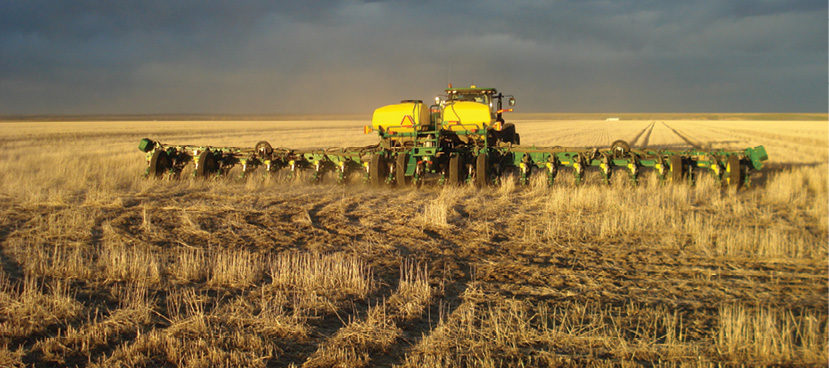No-Till Farmer
Get full access NOW to the most comprehensive, powerful and easy-to-use online resource for no-tillage practices. Just one good idea will pay for your subscription hundreds of times over.

NAME: Jacob Wagers
FARM: Golden Grain Farms
LOCATION: Woodrow, Colo.
YEARS NO-TILLING: 30
ACRES: 5,000
CROPS: Corn, proso millet, winter wheat
We live on the edge with moisture here in dried-up northeastern Colorado.
Just 1 or 2 inches of rain can take us from a borderline or even crop failure to a bumper crop. That’s why on our farm the greatest benefit we get from no-till is moisture conservation. It’s foremost in our mind when we consider management strategies such as cover crops or continuous cropping.
While these practices work great for some, on our farm right now the risks seem to outweigh the benefits. The extra moisture those strategies take may take our profits, too. We have to be economists and agronomists, making sure we do what’s best for our soil health and our profits.
The best model I’ve found to explain it is to think of our cropping system as a motor. You can put premium oil in the motor and it will give you more performance. That’s all well and good, but the oil can’t do anything if there isn’t any fuel to run the motor.
For us, water is fuel — and in the last 13 years or so, it’s been very scarce. So our first goal with our no-till production strategy is to save moisture. Eventually, we’d love to get the premium benefits of cover crops and intensified rotations and skip fallow, but right now we have to keep fuel in the…